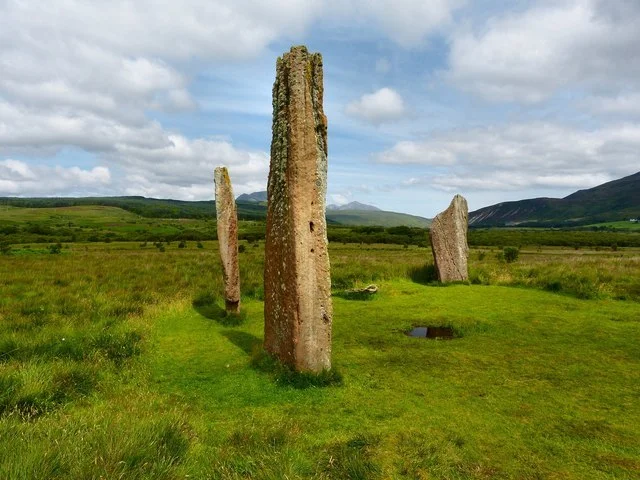The Machrie Moor Standing Stones are a group of ancient stone circles and megalithic monuments located on the Isle of Arran in Scotland. These structures date back to around 2000 BC, during the late Neolithic and early Bronze Age periods. The site is notable for its collection of six stone circles, along with nearby cairns, burial cists, and hut circles.
Get your dose of History via Email
Historical Context
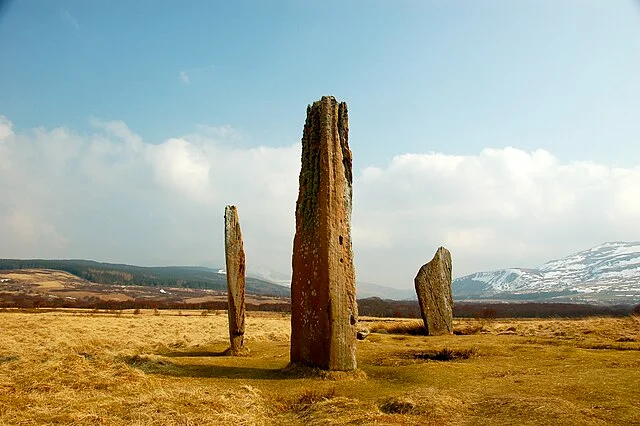
The Machrie Moor site represents a period of significant cultural development in prehistoric Scotland. Around 4000 BC, early farmers began settling the region. By 2000 BC, these communities built the stone circles that now stand at Machrie Moor. Stone circles like those at Machrie Moor were often associated with religious or ceremonial activities. However, the exact purpose remains debated among archaeologists. The stones may have been used for rituals, seasonal observances, or even burial practices.
Stone Circles of Machrie Moor
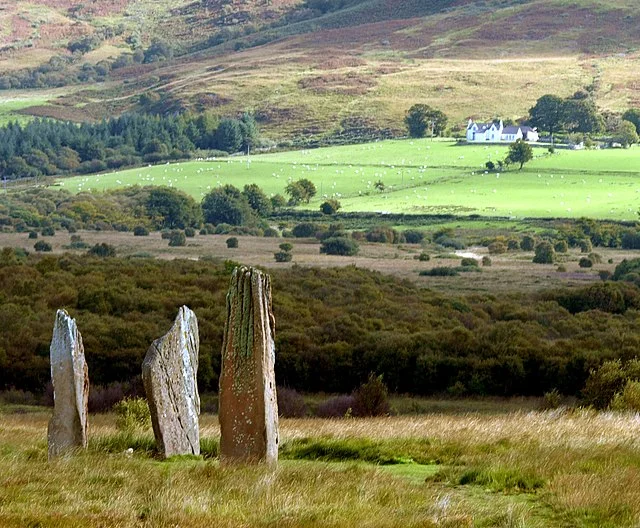
The six stone circles on Machrie Moor vary in size and construction style. Some are made of sandstone, while others are formed from granite. The tallest standing stones, in Circle 1, reach up to 5 meters in height. These stones are often rough-hewn, showing little sign of carving or decoration, but their imposing size suggests they were important to the builders. Other circles feature smaller stones, often in more complete rings.
In some cases, these stone circles were later altered or expanded during the Bronze Age. Archaeological evidence shows that burial cists, which were stone-lined graves, were added to some circles. This suggests that the site held long-term significance for the communities using it.
Excavations and Research
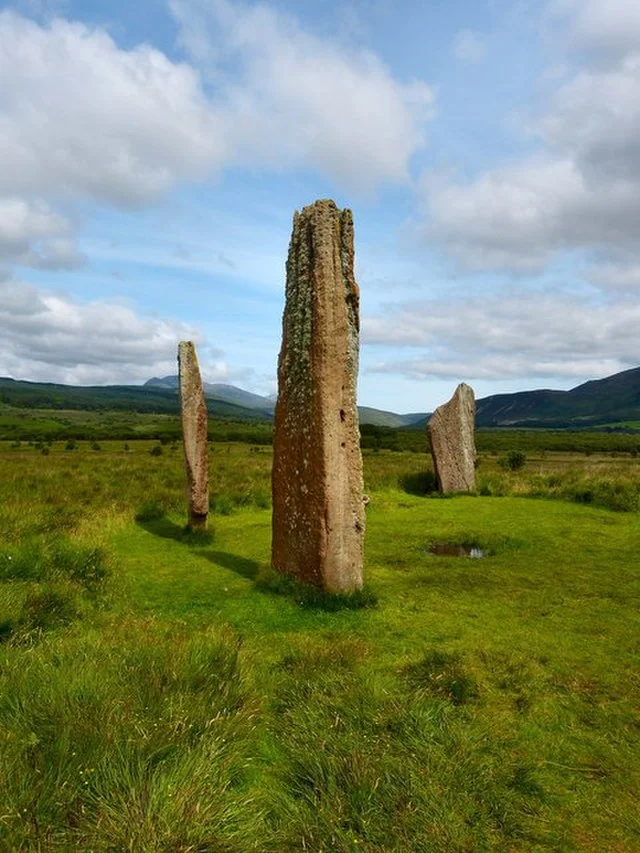
Modern excavations at Machrie Moor began in the late 19th century, with further investigations continuing into the 20th and 21st centuries. Archaeologists have unearthed a range of artifacts, including pottery, tools, and burial remains, which help provide insight into the lives of the people who used the site.
Excavations have also revealed traces of timber circles beneath some of the stone circles. These wooden structures may have predated the stone circles and were replaced over time. Researchers believe the timber circles were part of the same ceremonial or ritual practices, indicating the site’s importance over several centuries.
Function and Significance
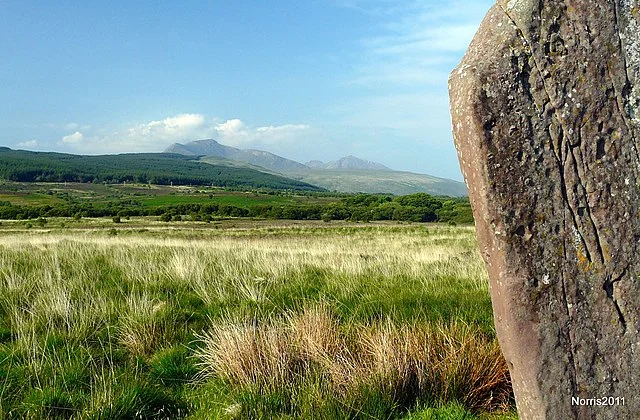
While the exact purpose of the Machrie Moor Standing Stones is not fully understood, many theories suggest they were used for ritual or astronomical purposes. Some researchers believe the stones were aligned with important solar and lunar events, such as the summer solstice. Others suggest they marked important territorial or community boundaries.
The layout of the stone circles also suggests careful planning. Many of the circles are positioned with a clear line of sight to nearby natural features, such as mountains and the sea. This could indicate that the builders were connecting the site to the broader landscape.
Preservation and Access
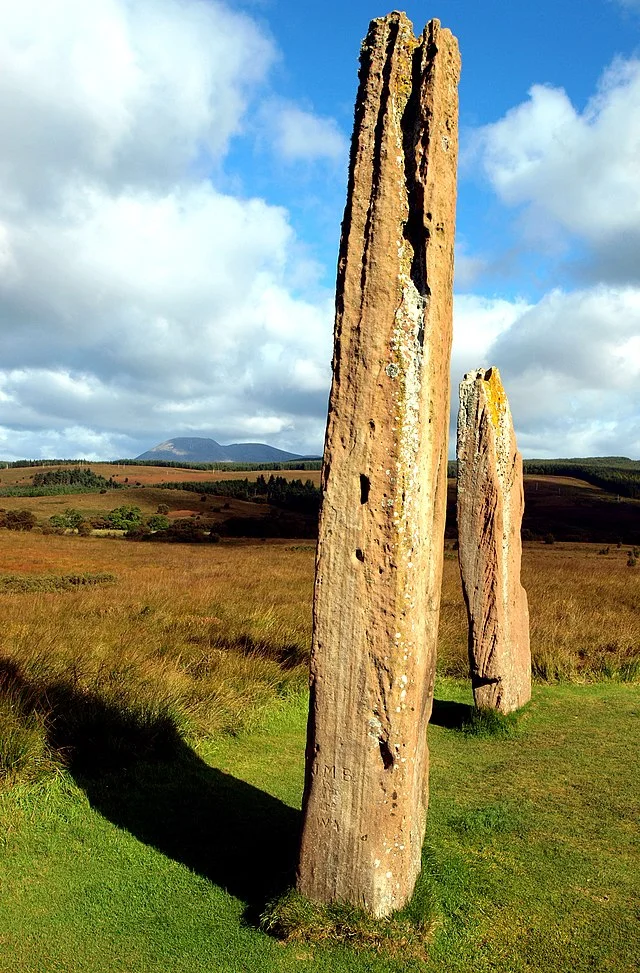
The Machrie Moor Standing Stones are open to the public and managed by Historic Environment Scotland. Visitors can explore the site via a designated walking path, which provides access to the main stone circles. Preservation efforts aim to protect the stones from weathering and other environmental damage, ensuring that they remain intact for future generations to study.
In recent years, the site has gained increased attention from researchers interested in prehistoric monument-building traditions across Britain and Europe. Ongoing studies continue to shed light on the ways in which ancient communities interacted with their environment and with one another.
Conclusion
The Machrie Moor Standing Stones provide a fascinating glimpse into the prehistoric past of Scotland. While many questions remain about their original purpose, the site remains one of the most important archaeological locations on the Isle of Arran. With continued research, we may gain further insights into the cultural and religious practices of the communities that built and used these ancient monuments.
Source:

